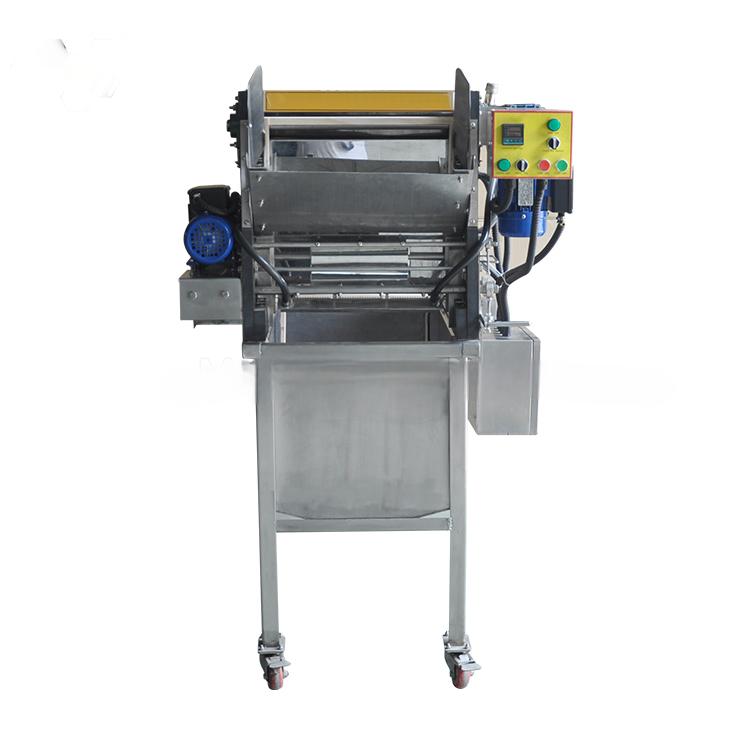In the world of beekeeping, maintaining the health and efficiency of your hive is crucial for a productive harvest. One often overlooked yet indispensable tool in this process is the beehive tensioner. This device plays a vital role in ensuring the structural integrity and proper functioning of beehives. Understanding the importance of the beehive tensioner can help both novice and experienced beekeepers manage their hives more effectively.
What is a Beehive Tensioner?
A beehive tensioner is a tool designed to help maintain the proper tension in the components of a beehive. It ensures that the hive components, such as frames and supers, fit snugly and securely. This tension is crucial for preventing gaps where pests and diseases might enter and for ensuring that bees can work efficiently within the hive.
Why is a Beehive Tensioner Important?
- Prevents Warping: Over time, beehive components can warp due to changes in temperature and humidity. A beehive tensioner helps to counteract these effects by applying consistent pressure, thereby preventing the warping and misalignment of hive parts.
- Maintains Hive Integrity: A well-maintained hive with proper tension ensures that bees are not disturbed by loose or shifting parts. This stability is essential for the bees to build and maintain their comb, store honey, and raise brood without unnecessary stress.
- Improves Honey Production: By ensuring that the hive structure remains intact, a beehive tensioner contributes to a more efficient hive environment. This, in turn, can lead to better honey production as the bees can focus on their tasks without interference from structural issues.
- Facilitates Hive Management: Regular use of a beehive tensioner simplifies hive inspections and maintenance. It allows beekeepers to easily adjust the tension of hive parts, making it easier to manage and maintain the hive’s overall health.
How to Use a Beehive Tensioner
Using a beehive tensioner is straightforward, but it requires some basic understanding to achieve the best results. Here are the steps:
- Assess the Hive: Before using the beehive tensioner, inspect the hive to identify any loose or misaligned parts.
- Apply Tension: Use the beehive tensioner to apply pressure to the components. Ensure that the tension is evenly distributed to avoid creating new gaps or causing damage.
- Check Regularly: Regularly check the tension settings of the hive to ensure that they remain optimal. Over time, adjustments may be necessary due to changes in the hive or environmental conditions.
- Maintain the Tool: Keep the beehive tensioner in good condition by cleaning and lubricating it as needed. This maintenance ensures that the tool remains effective and durable.

The beehive tensioner is a small but essential tool in the arsenal of any beekeeper. By maintaining the right tension in hive components, it helps to preserve the structural integrity of the hive, supports the health and productivity of the bees, and simplifies hive management. Whether you are a seasoned beekeeper or just starting out, incorporating a beehive tensioner into your beekeeping routine can lead to better hive performance and a more rewarding beekeeping experience.

